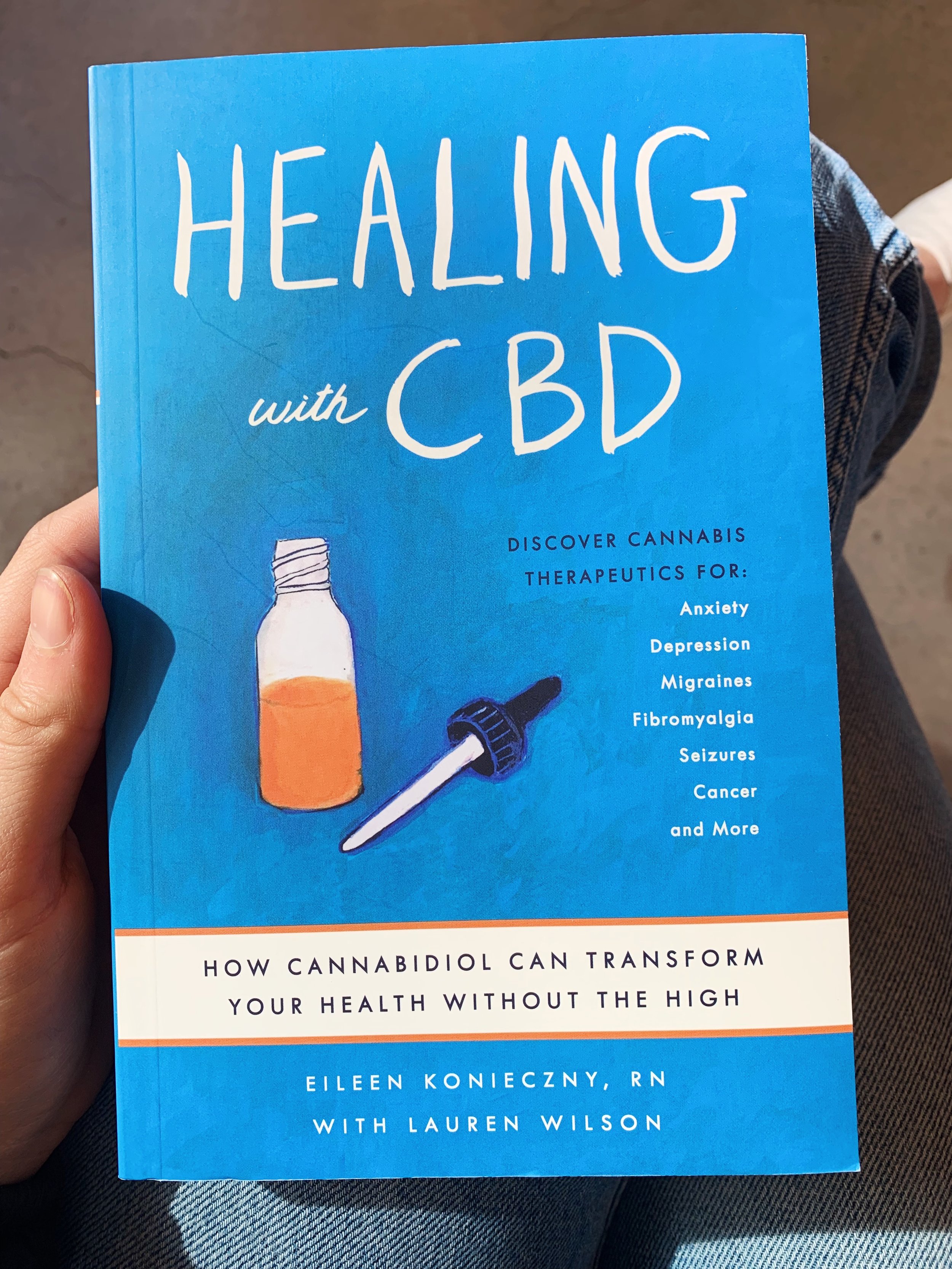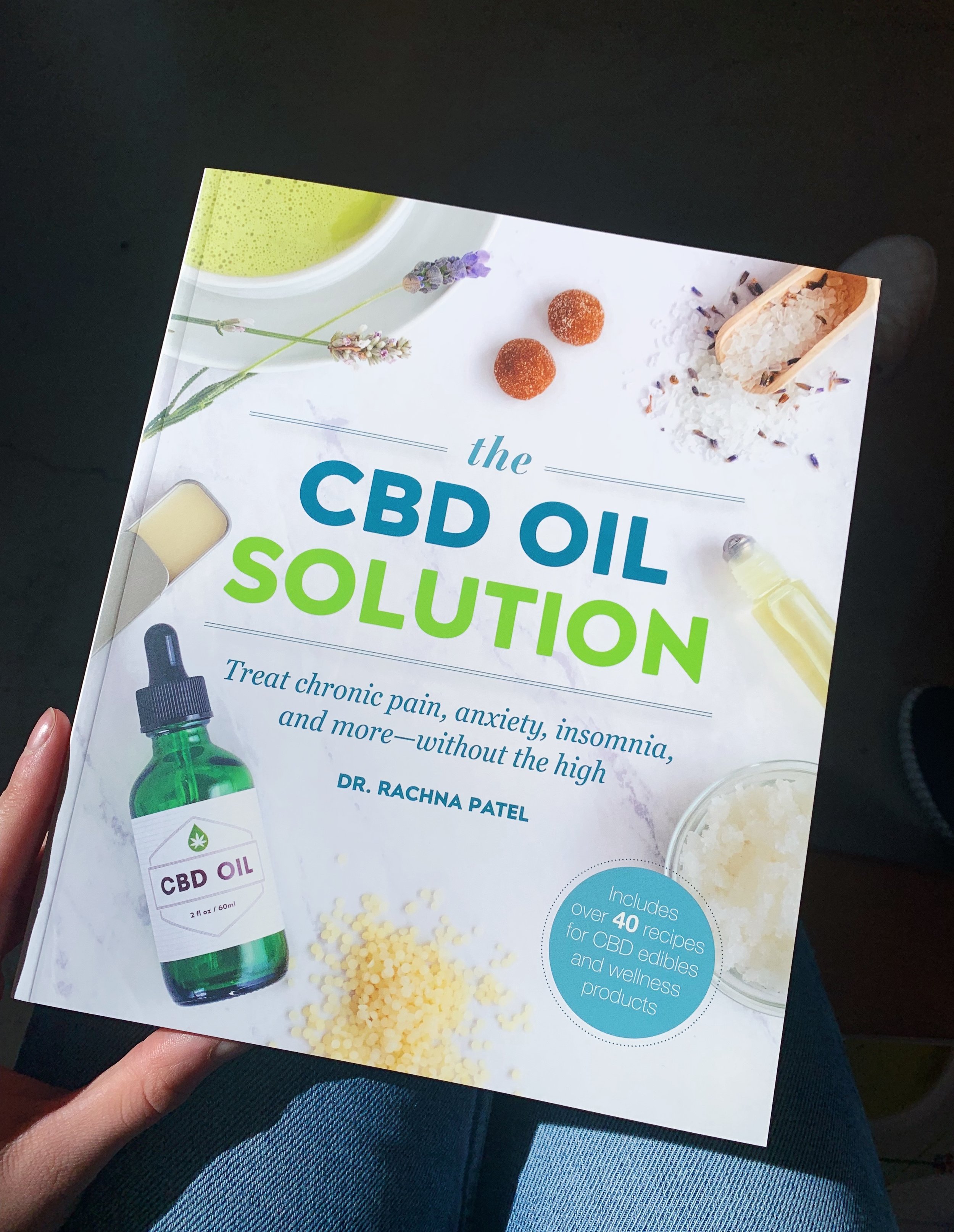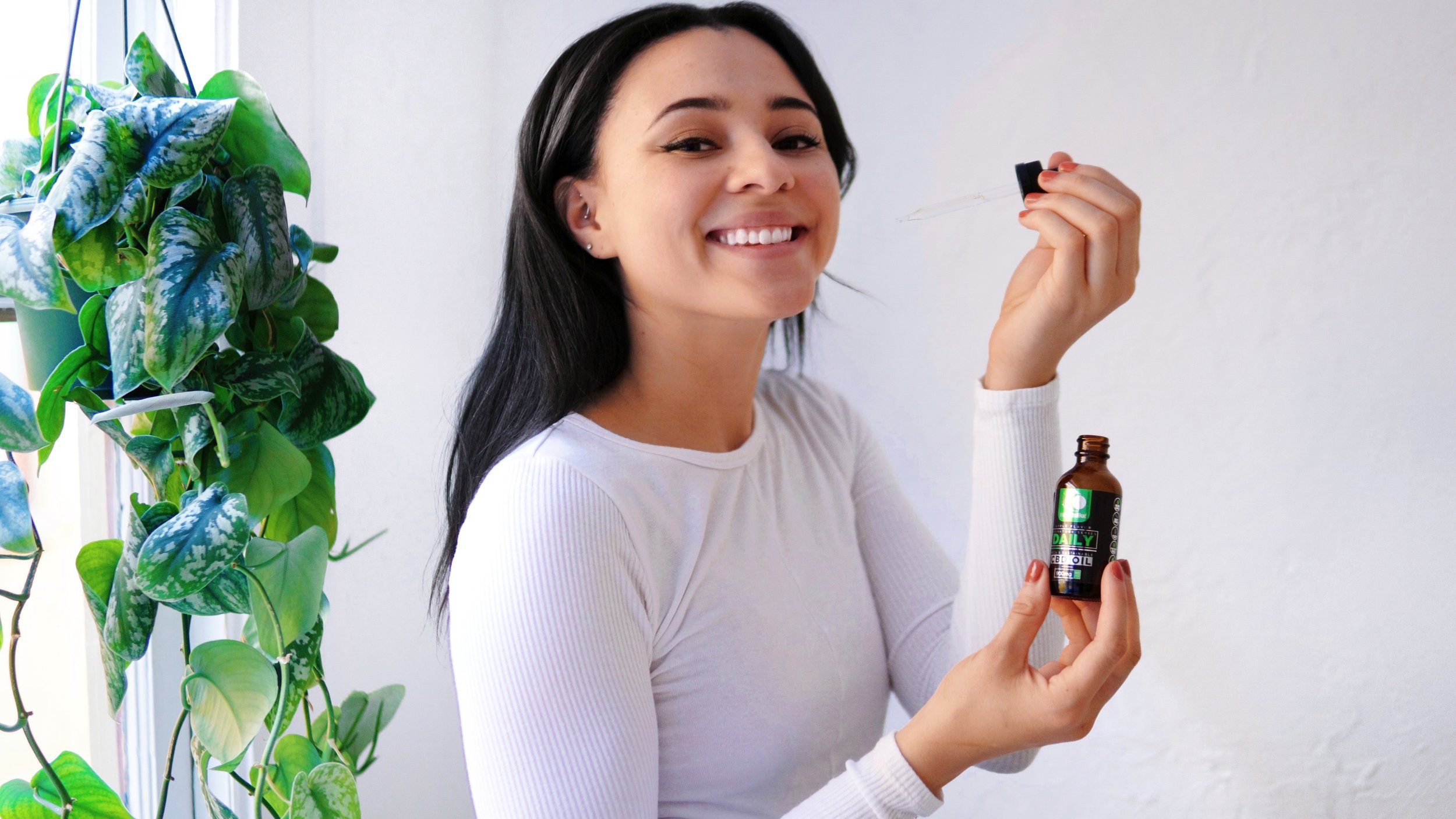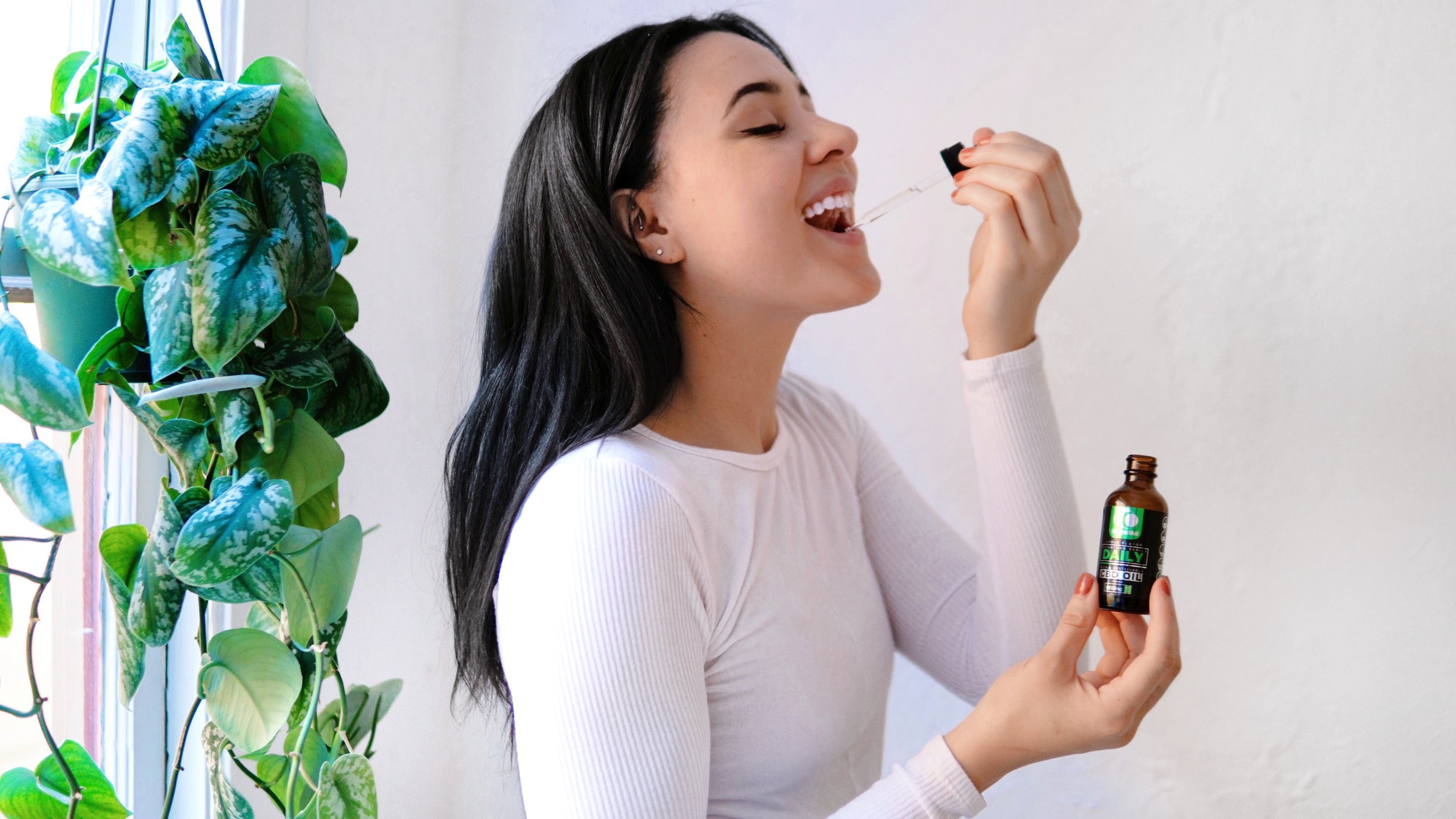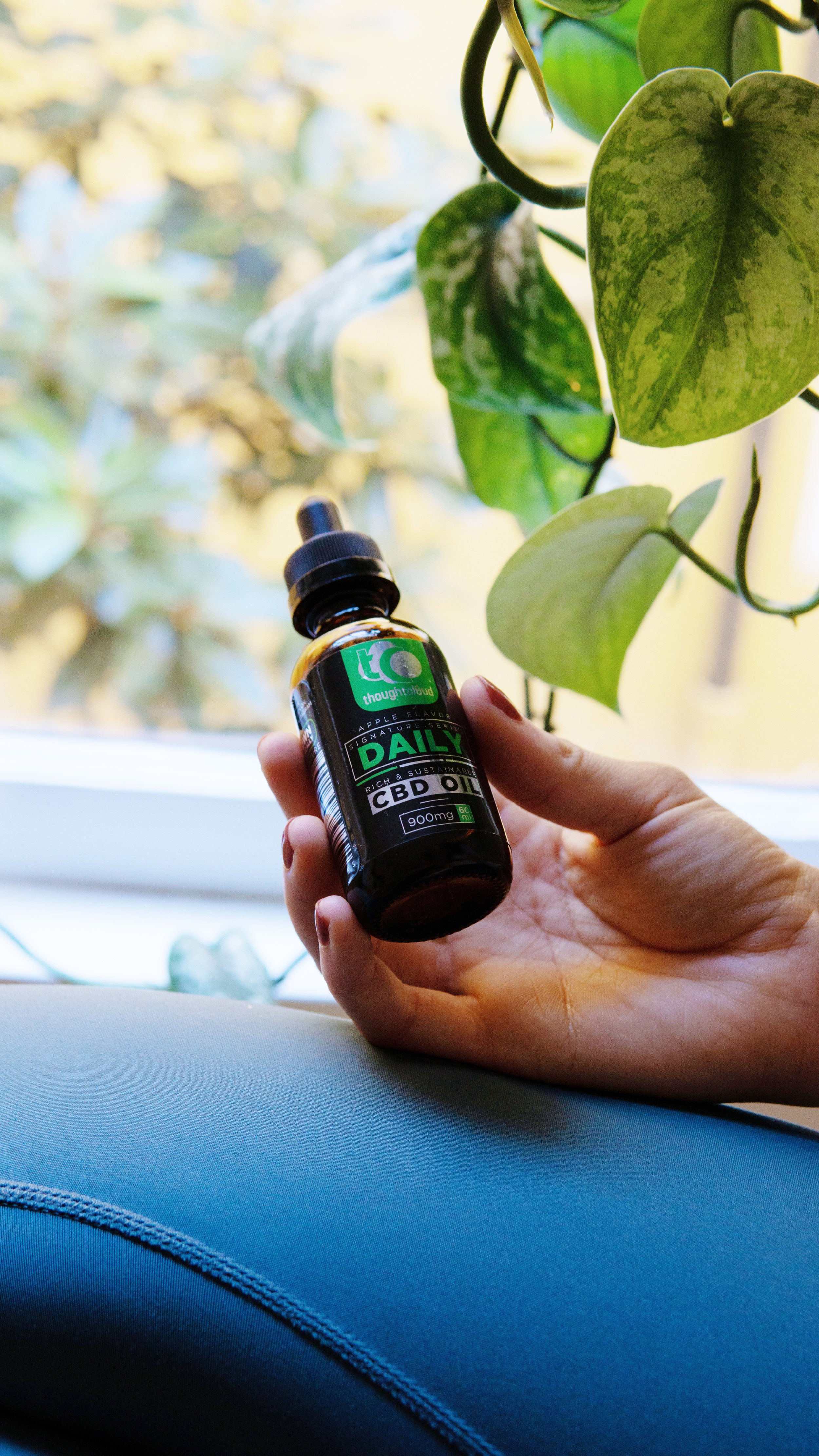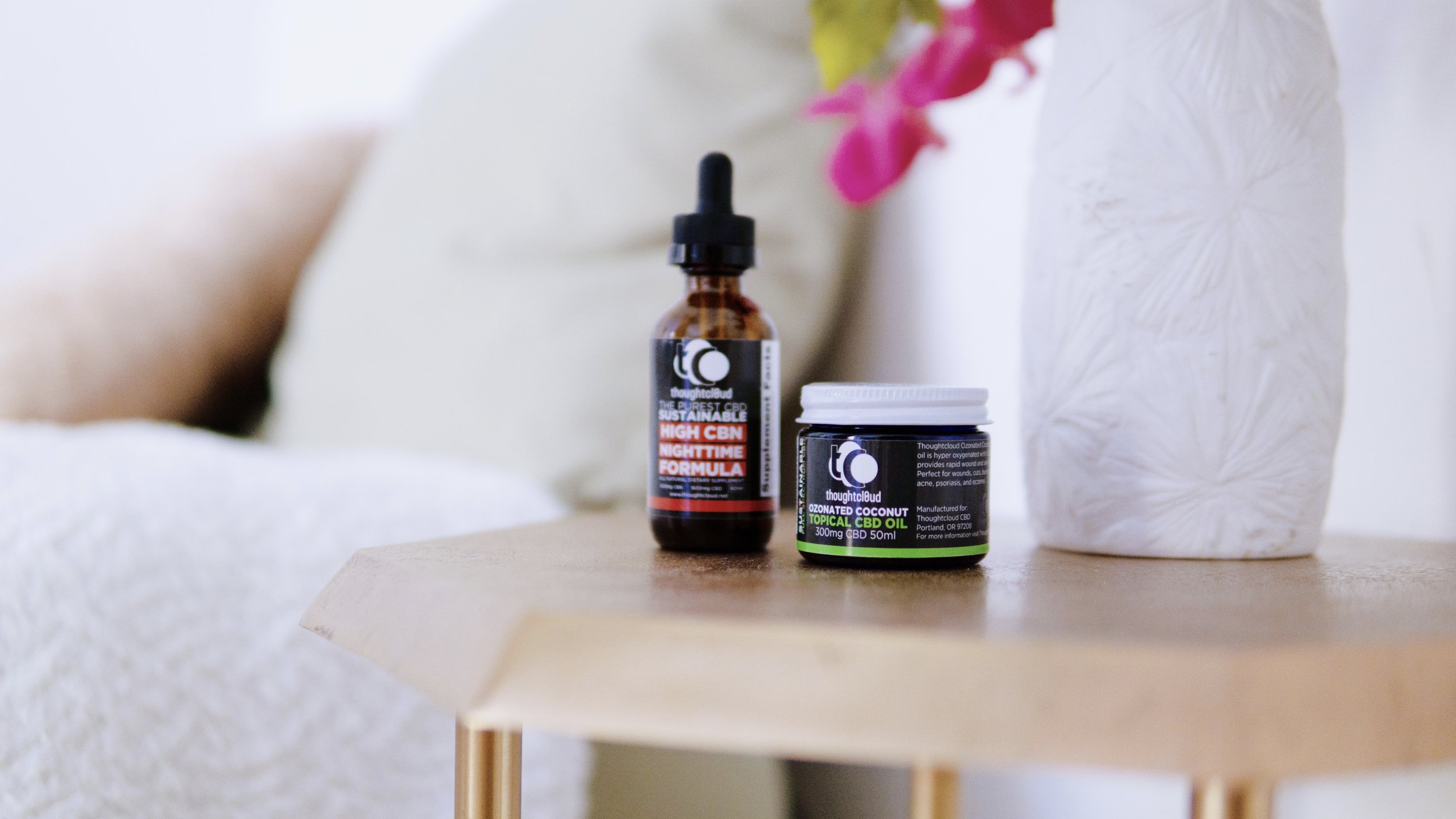What is CBD?
CBD, short for Cannabidiol, is one of many natural components found in the cannabis plant. But no — it doesn’t get you high! CBD contains such a low dosage of THC (another compound in cannabis which is psychoactive) that it won’t produce the “stoned” or “high” effect that you get when you smoke marijuana. So essentially, you’re able to enjoy all of the natural benefits of the plant without the “side effects.” CBD offers many health benefits and it’s often isolated for medical use.
How does CBD work?
Alright, now let’s talk science! CBD is an integral part of the human body, since we also produce our own Cannabinoids (all animals do). In simple terms, the CBD compounds attach themselves to the Endocannabinoid System (ECS) which plays a key role in our homeostasis, meaning the balance and equilibrium between the different things that are constantly happening inside of us like appetite, pain sensation, mood, memory, regulation of body temperature, blood sugar level, pH levels, immune system, nervous system… in other words, we need Cannabinoids to stay alive and keep our bodies working at optimal level. When this system doesn’t function properly disease is created within our body.
The CBD produced by cannabis (phytocannabinoids) mimics very well the CBD in human physiology, which is why it works so well as medicine for us.
In the past decade or more, there have been over 23,000 of studies published in peer reviewed medical journals detailing the effects of cannabis, cannabis oil, and cannabinoids on the body. Needless to say, there’s a lot of good information to be found about the positive effects of CBD for people.
A few books I recommend: Healing with CBD: How Cannabidiol Can Transform Your Health without the High & The CBD Oil Solution.
What are some of the health benefits of taking CBD?
CBD is a preventative source of plant medicine. Cannabinoids are neuroprotective, meaning they protect our brain cells from emotional trauma and inflammation. Here are some mental and physical benefits of using CBD:
Relaxation
Helps with social anxiety & stress
Reduces menstrual cramps + PMS symptoms
Treats Insomnia
Reduces symptoms of depression
Provides tension relief in the body
Improves memory
Aids in digestion
Strong evidence for treating epilepsy
Strengthens bones
Relieves migraines
Reduces symptoms related to cancer treatment
Reduces acne due to it’s ability to balance sebum production
Lowers blood pressure
Helps with addiction and substance abuse treatment
What should I look for when purchasing CBD?
Not all CBD companies are the same and their quality and processes vary greatly so it’s important to order from a reputable company. The only company I order from is Thoughtcloud. After doing a lot of research and even experimenting with other brands, I finally settled with Thoughtcloud because I found they have the purest source for CBD available. When purchasing CBD always check the ingredients. Make sure there are no other additives, preservatives or emulsifiers! Keep an eye out for the levels of CBD (mg) as well, because many CBD products don’t list the exact levels. You should also pay attention to where the CBD products are coming from. Was it sourced locally? How are the products packaged? Is this company giving back to the community in any way? It’s important to make sure you fully trust and believe in the company you’re buying from. Be sure to check out reviews from their customers as well.
** Thoughtcloud CBD has only organic, non GMO, vegan ingredients — plus, they’re Reiki infused, so you know its made with love! They’re sustainable and virtually waste-free in their manufacturing, packaging and farming practices. The CBD is lab-tested immediately after it is extracted and again by a third party laboratory in Colorado. Lab results can be emailed to you upon request by reaching out to admin@thoughtcloud.net! They also have multiple scholarship and assistant programs to help those in the community who may be struggling financially. They give back to cancer patients, veterans, children’s hospitals, animal shelters, etc. Hence, why I love this company so much. :)
Use code ‘CALM’ at checkout for 20% off every time you order!
Products
If you go to Thoughtcloud’s website you’ll see a ton of products. It’s awesome to have a variety of options to choose from, but I know this can also sometimes feel overwhelming, so I wanted to go through the site and highlight some of my favorites and explain some of the differences between them.
You’ll notice on the website there are a few different “types” of oil:
Full Spectrum
Sustainable Isolate
High CBG
High CBN
There are also different colored labels:
Green (coconut oil)
Blue (hemp oil)
Yellow (pets)
Purple (low-weight, i.e. kids)
Orange (high CBG)
Red (high CBN)
The only difference between the Coconut Full Spectrum and Hemp Full Spectrum is the carrier oils. Use the coconut for a milder flavor and switch to hemp if you’re allergic to coconut. There is no difference in potency. Only in taste.
And you’ll also notice different MG numbers:
500mg
750mg
1500mg
3000mg
The MG’s represent the amount of CBD per ML in the bottle. The amount of CBD remains the same in each bottle and is adjusted to keep the ratio depending on the size of the bottle. So no bottle is “stronger” than the other — the amount of CBD included in each bottle is in relation to how large the bottle is. (i.e. the 30ml will have double the mg of the 15ml and so on…)
*The only bottle that doesn’t follow this rule is the 500mg bottle which has less CBD than 750mg bottle with the same 15ml.
Now let’s look at the Full Spectrum, Isolate, High CBG and High CBN. Basically the formulas work to target different ailments. So depending on why you’re wanting to try CBD will depend on which formula you might choose. Let me list them out for you:
ISOLATE:
Anxiety, Lupus, ADD/ADHD, Stress, Bipolar, OCD, PTSD, Depression, Migraine/Headache, Hypertension, Cramps, Phantom Limb, Spinal Injury, Fibromyalgia, Anorexia, Cachexia, Gastrointestinal disorders, Nausea, Diabetes, Chron’s Disease
FULL SPECTRUM:
Chronic Pain, Asthma, Insomnia, Arthritis, Inflammation, Depression, Epilepsy, Multiple Sclerosis, Alzheimer’s, Parkinson’s, Spasticity, Osteoporosis, ALS, OCD
The difference between Isolate and Full Spectrum is that Isolate contains solely CBD whereas the Full Spectrum contains 5 variations of CBD. Those variations are CBD, CBC, CBG, CBN, and CBDV.
HIGH CBG:
Allergies, Inflammation, Inflammatory bowel disease (IBS), inhibits abnormal cell growth, MS, Colon disorders, Huntington’s disease, Bladder dysfunctions
HIGH CBN:
Insomnia, Chronic Pain, Delays disease onset, CNS disorders, Alzheimer’s disease, MS Huntington’s disease, Amyotrophic lateral sclerosis (ALS), Parkinson’s disease, Neuroinflammatory disorders, Fibrosis
You’ll also see on the website there is a VAPE option and several different vape flavors as well as the Vape Bundle.
Flavors:
Cheesecake, Birthday Cake, Horchata, Waffles, Mojito, Banana Split, Pina Colada, Strawberry Limeade, Orange Creamsicle, Cherry Cola, Bubblegum
Vaping is basically a way to '“smoke” the oil, but you can remove the negative smoking connotation that goes along with it because vaping CBD with Thoughtcloud’s CBD Pen is completely safe. There is absolutely zero damage done to your lungs from this specific vape. It’s made with fractionated coconut oil (MCT), that is the reactor, so you don’t have any harsh chemicals like Propylene Glycol that a lot of other companies are using as the heating reactor and preservative in their vape pens. One big factor to consider — and perk of vaping — is that you’ll feel the effects much more immediately than the oil. So if you’re dealing with anxiety or pain, you may want to try vaping over dropping the oil under your tongue to feel more immediate relief.
Here is an article you may find interesting if you are on the fence about trying to vape: https://www.leafly.com/news/health/vaping-cbd-oil-vs-ingesting.
Thoughtcloud’s most recent addition is their topical + skincare line!
For this line there are a variety of products as well. A couple of these products are currently out of stock so if they are at the time you read this post keep checking back because it’s worth it!
Beauty Mask (soothe + relax + detox)
BATH BOMBS (seriously, the best.)
NEW** Full Spectrum Beauty Bundle (Facial Serum + Beauty Bar + Beauty Mask)
If you’re wanting to use all-natural, vegan products, these are the way to go!
MY EXPERIENCE
I’ve been using CBD for the past 18 months and it’s been a huge part of my healing journey. From helping me manage anxiety and stress, to diminishing inflammation, reducing painful menstrual cramps and bloating to migraine relief and even helping me sleep better, I can‘t tell you enough how much I love and support the use of CBD. I’ve recommended it all to my family and friends and nothing makes me happier than to hear other‘s positive experiences from using this natural plant as well. I incorporate it into my daily routine just like any other supplement or vitamin. I use a mix of almost all of the products, so if you have a question, please don’t hesitate to send me a message and I’d be happy to help!
Which products do I use?
I use the Signature Series oil tincture which is the full spectrum and is available in 3 flavors (apple, cherry or grape). I have the apple and this is my favorite product as far as flavor goes! Another product I use is the Full Spectrum CBD (3000mg) in coconut oil (more bang for your buck), this one helps me manage any inflammation in my body and also gives me a mood boost - promotes mental clarity and concentration. The High CBG Formula helps provide allergy relief and the High CBN Nighttime Formula allows me to get better sleep. I’ve also recently started using the Isolate oil tincture which has specifically helped reduce my stress and anxiety tremendously! When I’m traveling I use the Full Spectrum Vape Pen Bundle with the Strawberry Limeade because it’s easy to slip into my pocket or bag and it provides a quicker sense of anxiety relief for when I need it. My favorite product from the topical + skincare line is the Ozonated CBD Topical Skin Issue Resolver (300mg), this helps my skin stay soft and moisturized and also keeps my cystic hormonal acne away!
How much do I use?
3-5 drops up to 3x daily of the oil tincture which is considered the “serving size”. I will sometimes incorporate the vape as well and take about 10-20 puffs.
THE DISCOUNT
I’m so stoked to be able to provide a discount code for to use anytime you order! It takes off a % depending on what your order is so the bigger the order, the more you save. AND you can use my discount code on all of their big sales promotions as well to save even more!
Discount Code: CALM
MORE FAQS
Is CBD legal?
Yes! According to The United States Agricultural Act of 2014 (the “Farm Bill”) listed products derived from industrial hemp with a tetrahydrocannabinol (THC) concentration of not more than 0.3% on a dry weight basis as legal in all 50 states. Thoughtcloud products contain between 0.00% and 0.3% THC — making it completely legal for them to ship CBD products straight to your doorstep via USPS!
Will CBD make you high?
No! CBD contains such a low dosage of THC (another compound in cannabis which is “psychoactive”) that it won’t produce the “stoned” or “high” effect that you get when you smoke marijuana. So essentially, you’re able to enjoy all of the natural benefits of the cannabis plant without the “side effects.”
Will CBD show up on a drug test?
There is a 0.1% chance with Full Spectrum products when taking the recommended serving, as it contains up to 0.3% THC. (I’ve been tested in the past while taking this CBD and have not had any issues.) With the Isolate products there is a 0.00% chance, as the CBD is isolated and contains no THC whatsoever. Both formulas are completely non psychoactive when taking the recommended serving.
What form does CBD come in?
Oils, lotions, vapes, pills and more!
Can I give CBD to my pets?
Yes! All animals have an endocannabinoid system and can benefit from added levels of CBD. Click here to purchase CBD for your pet.
How do I use CBD?
CBD can be taken orally, topically or vaped.
I place drops beneath my tongue and hold it inside my mouth for a minute or so, to maximize absorption. Most vials have the recommended servings on them, but start low and work your way up until you find the best results. Less is more with CBD.
You can also rub the oil directly onto your skin for moisture and muscle relief, stir into your morning smoothie (my favorite way recently) or tea for an added boost of calm.
Is the Isolate or Full Spectrum formula more effective?
“A study done by the Haddasah Medical School at the Hebrew University of Jerusalem compared the effectiveness of a completely purified CBD versus a full spectrum extract of cannabis flowers containing large quantities of CBD. This study found that more anti-inflammatory material was bio-available in the full spectrum extract than in the isolated CBD alone.” (via thoughtcloud.net)
Why is CBD so expensive?
There is a long, detailed process that goes behind creating high quality CBD — from before the hemp seed is even planted to the harvesting, extraction, packaging and finally to the third-party lab testing (which is vital). If you think about it, this medicine has the power to replace your current medications, which will save you both money and health in the long run. It may cost more at the moment, but physical well being is ultimately priceless. Your body is your home and what you consume you become. Click here to read more about CBD and its costs.
Thoughtcloud currently offer’s scholarships to veterans and those with low income. Click here to learn more.


